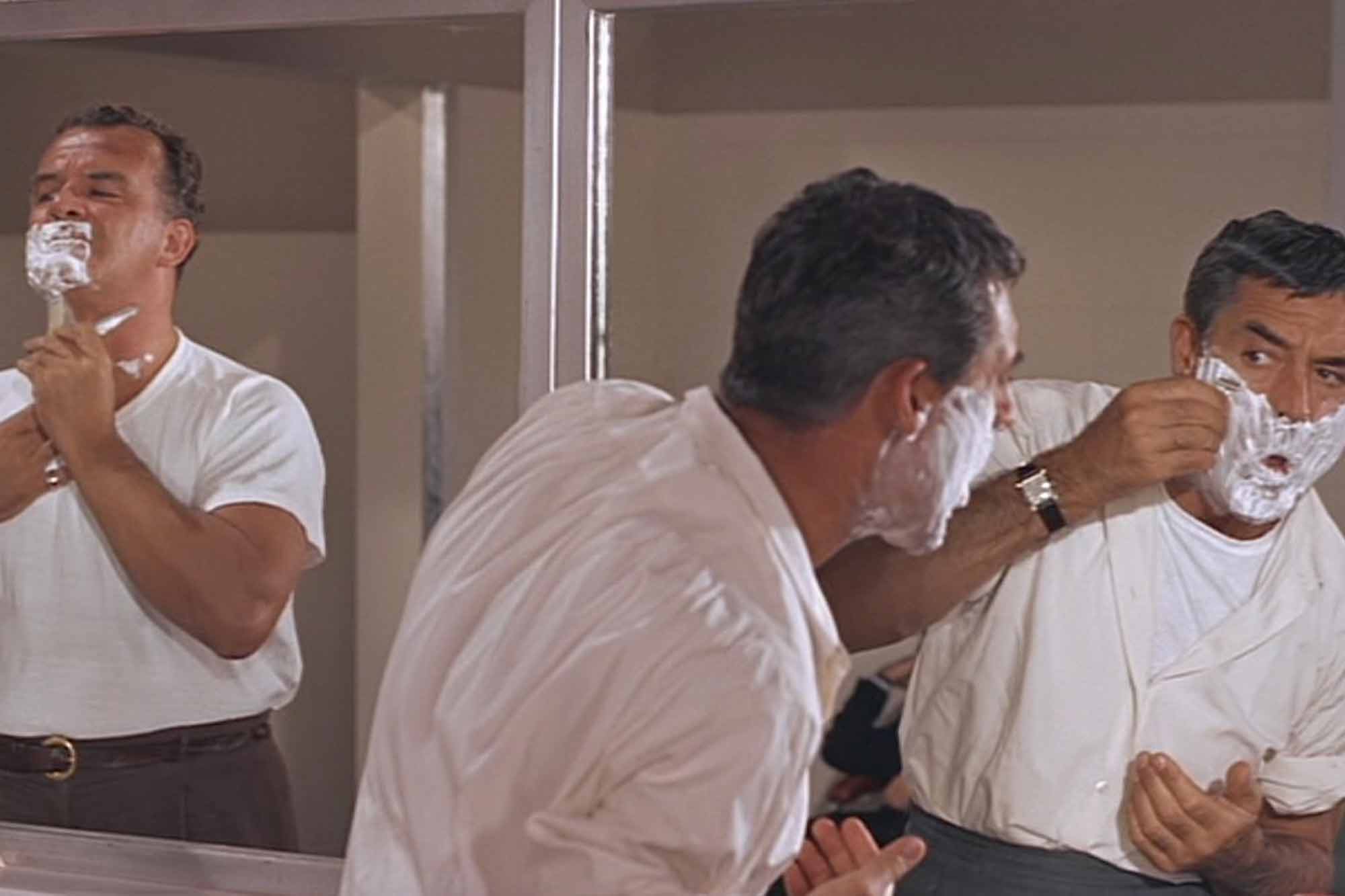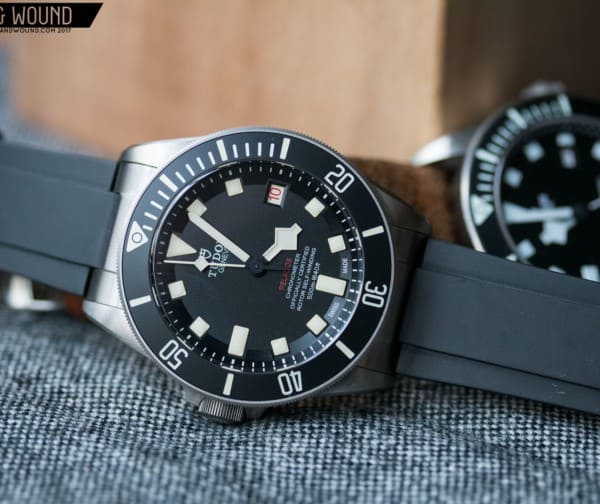Costumes, trick-or-treating, jack-o-lanterns, scary movies; October brings a whole host of traditions. And nobody did the latter better—or lent his name to a seasonal pun more easily—than Alfred Hitchcock, whom cinephiles everywhere venerate this month with “Hitchcocktober” marathons of the great director’s oeuvre. Movie buffs look for Alfred Hitchcock’s requisite cameo in his films, but there are rarer cameos for watch fans to keep an eye out for as well. Hitchcock’s films are timeless and, unexpectedly, mostly timepiece-less.
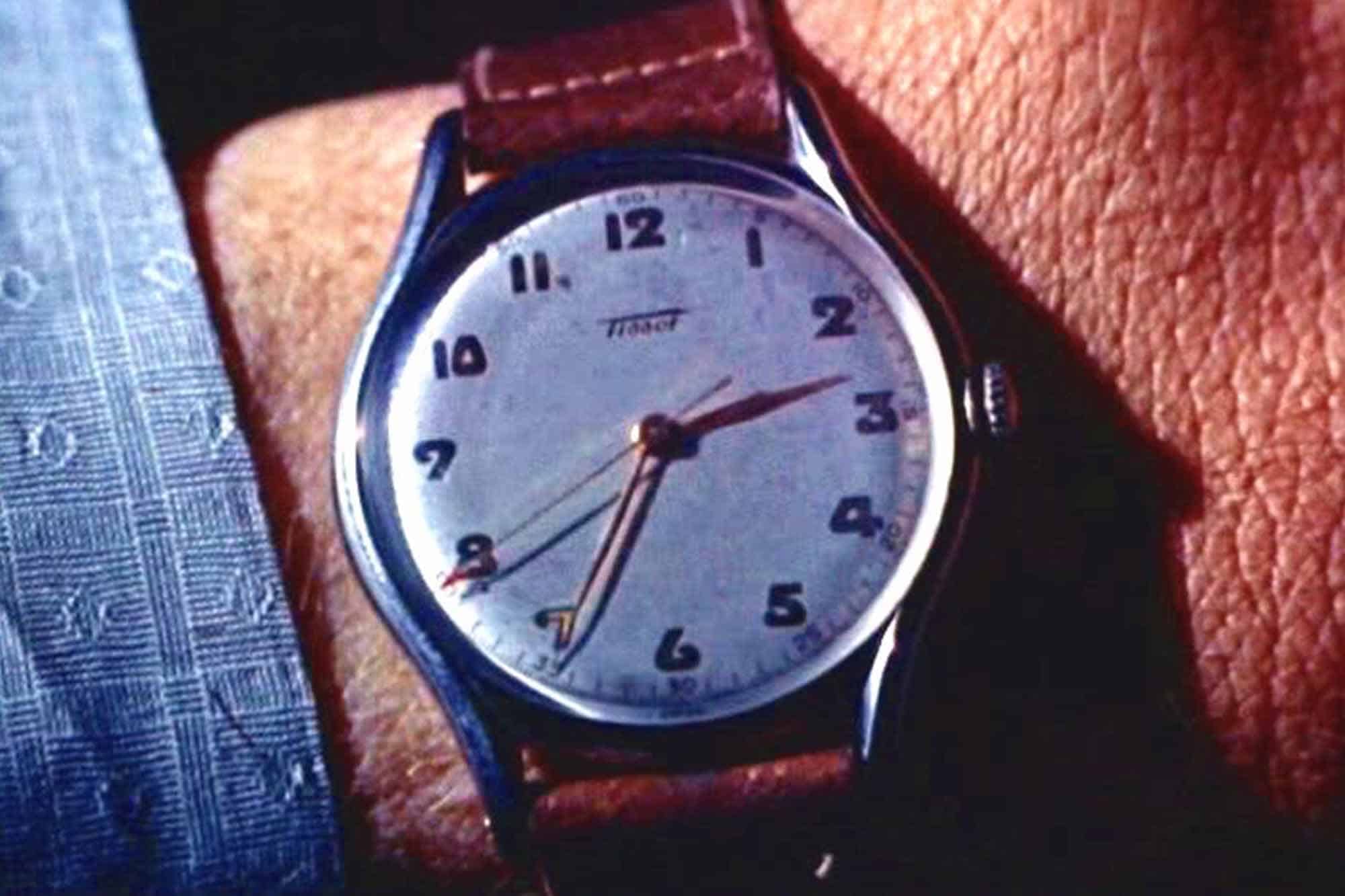
Hitchcock earned his reputation as the Master of Suspense over a 54-year directorial career that saw Hitchcock create classics like Rebecca (1940), Vertigo (1958), Psycho (1960), and The Birds (1963). His films are rife with plot twists and mistaken identity, playful avoidance of censors, and some of the most creative, and unnerving, visuals ever put to film. Hitchcock was the man who thought up a crop duster chase scene and a shower stabbing and a dozen other iconic scenes that have become among the most famous in film history.
The British director was workmanlike in bringing his vision to life on screen. Hitchcock once remarked that he believed “actors should be treated like cattle.” Watches get similar treatment in his film—when they do appear they are never window dressing, they’re predominantly used to, well, tell time. Take, for example, Murder! (1930), in which a watch shot lets us know that Handel Fane is about to walk into Sir John Mernier’s trap. In Rear Window (1954), shots of the Tissot worn by L.B. Jefferies (Jimmy Stewart) are used to clue us in to the passing of time as he spies on a neighbor Jefferies suspects has just killed his wife.
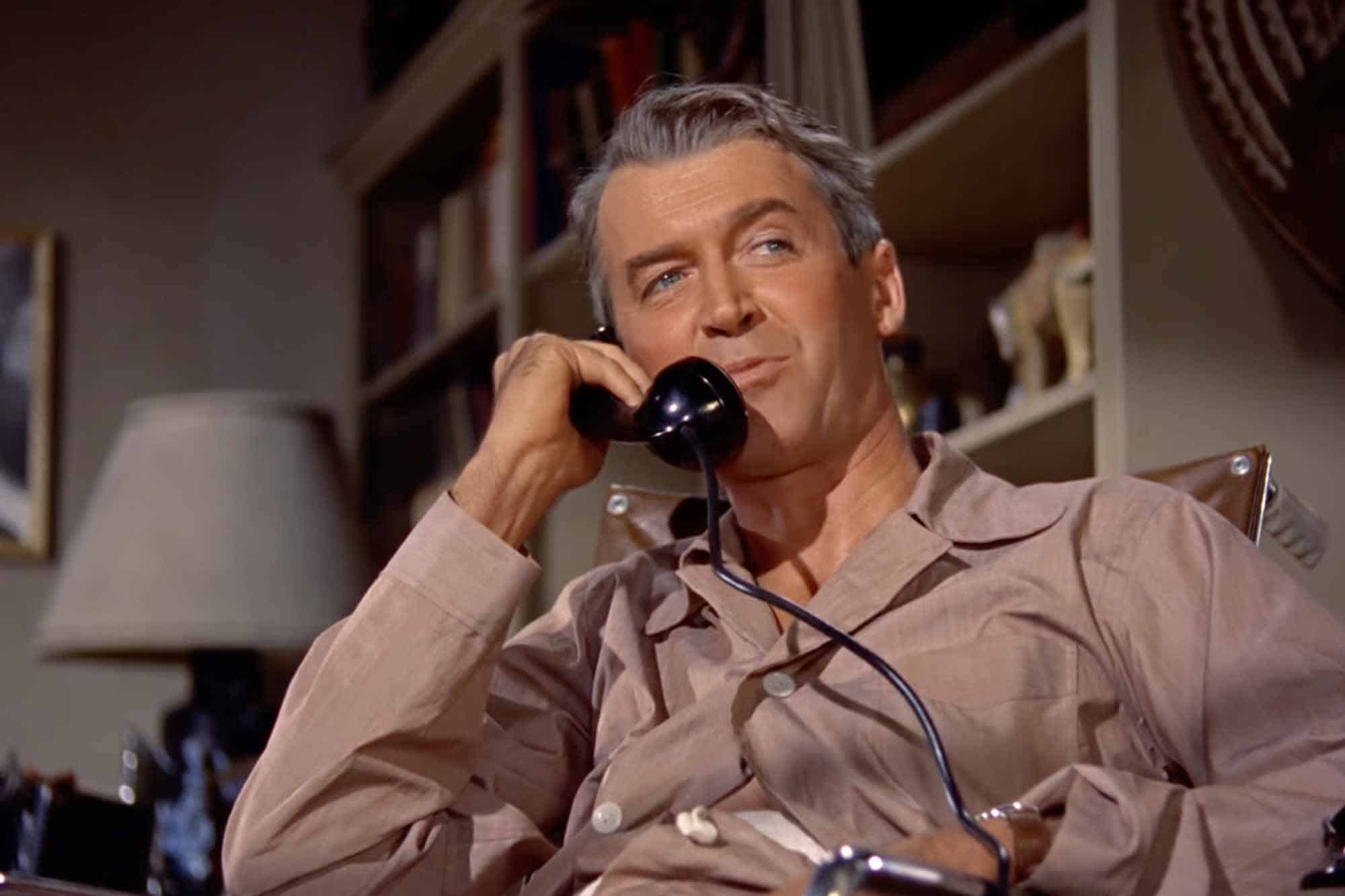
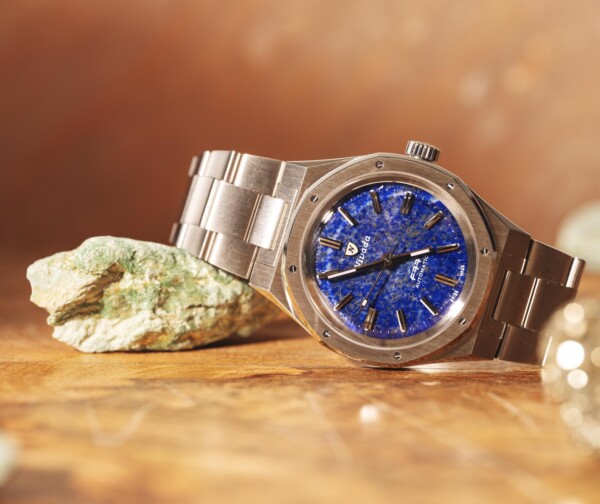








 Featured Videos
Featured Videos





